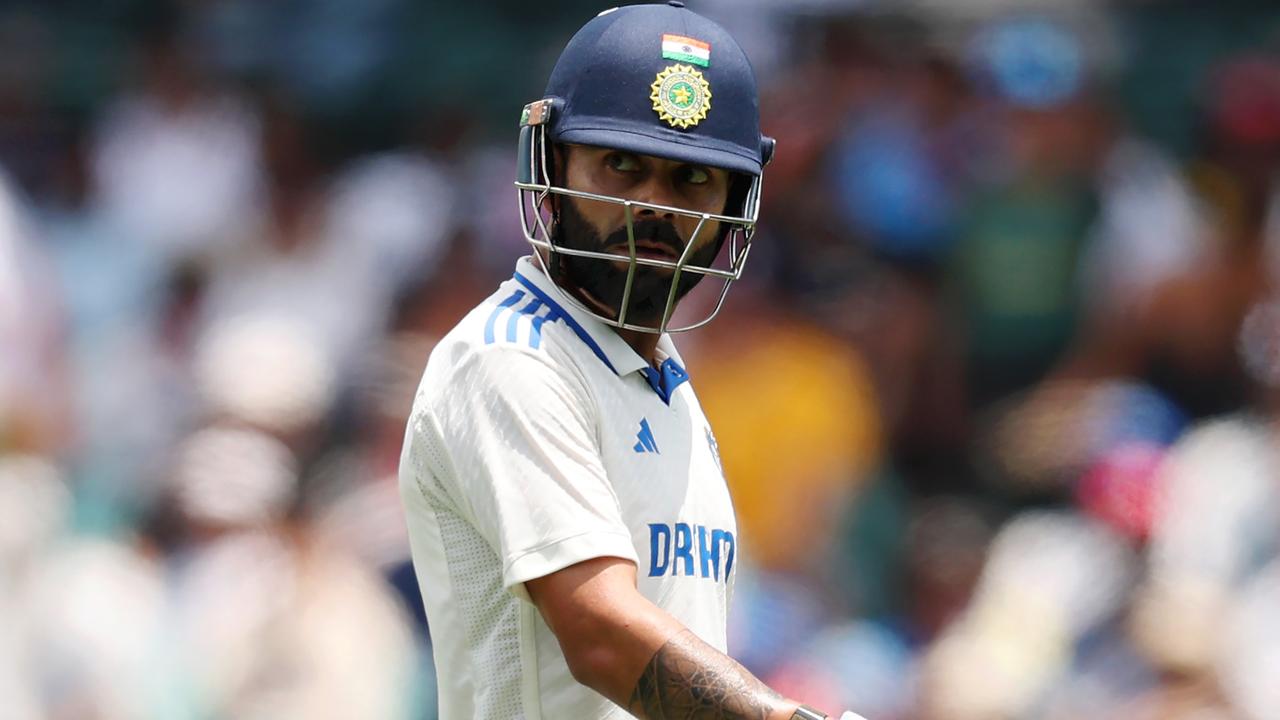Australian cricket is at a crossroads. This is the path we should take from here

- by Admin
- January 3, 2025

However, the advent of T20 cricket in 2005 marked a seismic shift. While the Big Bash League has been a commercial success, it has come at a significant cost to player development. The BBL now occupies the heart of the cricket season, sidelining Sheffield Shield cricket for two months and stripping club cricket of its best players. Emerging players spend this period honing their hitting skills and bowling four-over spells – useful for T20 cricket, but detrimental to their preparation for the rigours of Test cricket.
India don’t have the same problem, as their IPL takes place in their off (hot) season.
Fast bowler Brendan Doggett has excelled in the Shield, earning selection for Australia A.Credit: Getty Images
The Australian system has led to a troubling pattern: young cricketers begin the Shield season well, only to lose momentum during the BBL hiatus. When the Shield season resumes, these players often struggle to recapture their form, turning what had been shaping up as a breakout season into a missed opportunity. Nic Maddinson comes to mind as one player whose scintillating form at the start of the season evaporated after the BBL break, much to Australia’s loss.
Fast bowlers, in particular, suffer under the current system. The demands of Test cricket require fitness, endurance and the ability to sustain quality over long spells. These attributes cannot be developed through short-form cricket. With Mitchell Starc, Pat Cummins, and Josh Hazlewood entering the twilight of their careers, who is waiting to step up and lead Australia’s attack? Promising bowlers like Brendan Doggett, Spencer Johnson, Lance Morris and Riley Meredith need sustained exposure to long-form cricket to reach their potential.
If insanity is, as Einstein said, doing the same thing over and over again and expecting different results, the solution is clear: we should dismantle the current system and implement radical reform.
1. Restructure the calendar
The BBL is here to stay, but its timing must not compromise first-class cricket. The Sheffield Shield season should begin in mid-September and run up to mid-December, with early matches played in Northern Australia. This uninterrupted block would allow players to build consistency, fitness and form – all critical steps in their development.
2. Expand opportunities
To provide more opportunities for emerging talent, the Sheffield Shield should expand to include an additional team. This team could represent the ACT and regional Australia, or serve as an Australian Under-23 side. The latter would allow the most talented young players to play against their peers, take on leadership roles, and face significant responsibility early in their careers. An Australian U23 team would also be an ideal proving ground for coaches, offering them a chance to showcase their abilityand prepare for national roles. Additionally, assistant coaches from the senior team could share their expertise, creating a seamless pathway for talent at all levels of the game.
3. Revitalise ‘A-team’ cricket
Loading
An Australian A team program should be expanded as a cornerstone of player development. After the BBL, this team should compete against counterparts from other nations, providing players with valuable red-ball experience against high-quality international opposition. This pathway – from Premier cricket to Australia U19, Sheffield Shield, Australia U23 and Australia ‘A’ – would ensure a steady pipeline of hardened, Test-ready cricketers.
If we fail to invest in the next generation of players, Australia risks falling behind as other nations adopt and refine strategies that we pioneered. Countries like India and England have embraced comprehensive A team programs and reaped the rewards in player development. Australia, once a leader in this space, now lags behind.
The cost of doing nothing far outweighs the costs of implementing these changes.
The consequences of inaction extend beyond the cricket field. The success of the men’s Test team underpins the financial health of Australian cricket. Declining performances would keep crowds away, erode media rights value, reduce funding for grassroots programs, and ultimately threaten jobs across the sport.
CA, the state associations, and the Australian Cricketers’ Association must unite to address this issue, immediately. The relationship between CA and the ACA has been fraught with mistrust in the past, but the appointment of leaders like Todd Greenberg to CA and Christina Matthews to the ACA offers an opportunity for a fresh start. They have seen these issues from the other’s perspective and together, they can leave a lasting legacy.
The insanity of persisting with a flawed system must end. By embracing change, Australian cricket can once again become a model of excellence and the envy of the cricket world.
Let us seize this moment to build a structure that honours our history, while preparing for a brighter, stronger future.
Sports news, results and expert commentary. Sign up for our Sport newsletter.
The Latest News
-
January 6, 2025‘Fasten our seat belt’: What to expect from son of a gun Cruz Hewitt
-
January 5, 2025Australian Open rocked by high-profile withdrawal
-
January 5, 2025Watch: Taylor Pendrith buries first albatross in Kapalua tournament history – Australian Golf Digest
-
January 5, 2025‘Arrogant’ Konstas given licence to carry on
-
January 5, 2025‘Stop pampering’: India turns on ’star culture’ after Aussie disaster as huge Kohli call looms




